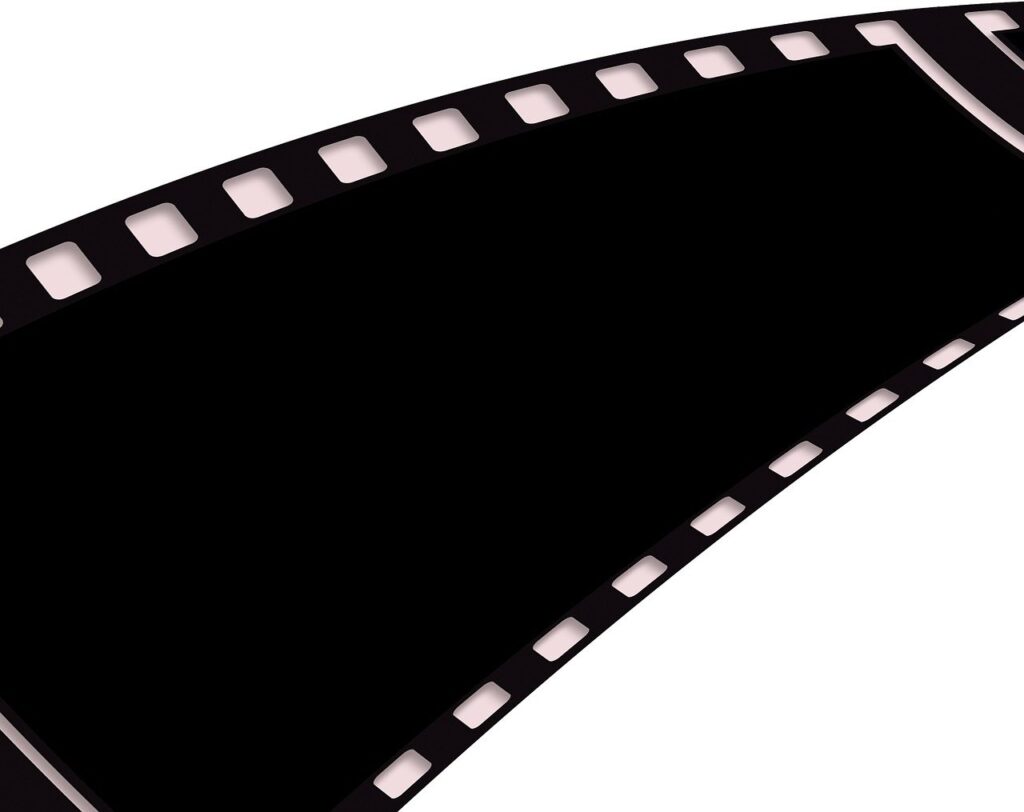Film Editing

Film editing is the process of selecting, arranging, and manipulating various shots and scenes to create a coherent and engaging final product. It is a crucial part of the post-production phase in filmmaking, where the raw footage is transformed into a finished movie.
The primary goal of film editing is to tell a compelling story by manipulating the visual and auditory elements of the footage. The editor works closely with the director and other key members of the production team to shape the film’s narrative, pace, and overall aesthetic.
Assembly: The editor assembles the raw footage into a rough cut, organizing the shots and scenes in the desired sequence. This process involves reviewing all the available footage and selecting the best takes.
Continuity editing: Continuity editing ensures smooth and seamless transitions between shots, maintaining visual and narrative coherence. It involves techniques such as matching action, Eyeline match, shot reverse shot, and cutting on motion.
Montage: Montage editing involves the juxtaposition of images to convey meaning or evoke emotions. It can be used to compress time, convey a character’s thoughts or emotions, or create thematic connections.
Pace and rhythm: The editor manipulates the duration of shots and the overall pace of the film to control the viewer’s experience. The rhythm of editing can affect the film’s mood, tension, and storytelling.
Transitions: Transitions are used to smoothly move between shots or scenes. Common types of transitions include cuts, dissolves, fades, wipes, and transitions created through visual effects.
Sound editing: Along with visual elements, sound plays a crucial role in film editing. The editor works with sound designers and mixers to incorporate dialogue, music, sound effects, and ambiance to enhance the storytelling.
Color grading: Color grading involves adjusting the colors and tones of the footage to create a specific mood or visual style. It helps establish the overall look and feel of the film and can contribute to its narrative or thematic elements.
Collaboration: Film editing is a collaborative process. Editors work closely with directors, producers, cinematographers, and other members of the post-production team to ensure that the final product aligns with the intended vision.
Film editing requires technical proficiency in editing software like Adobe Premiere Pro, Final Cut Pro, Avid Media Composer, or DaVinci Resolve. However, beyond technical skills, it also requires creativity, storytelling instincts, and a keen understanding of the film’s objectives.
Overall, film editing is a transformative process that shapes the raw footage into a cohesive and impactful visual narrative, contributing significantly to the final film’s success.

